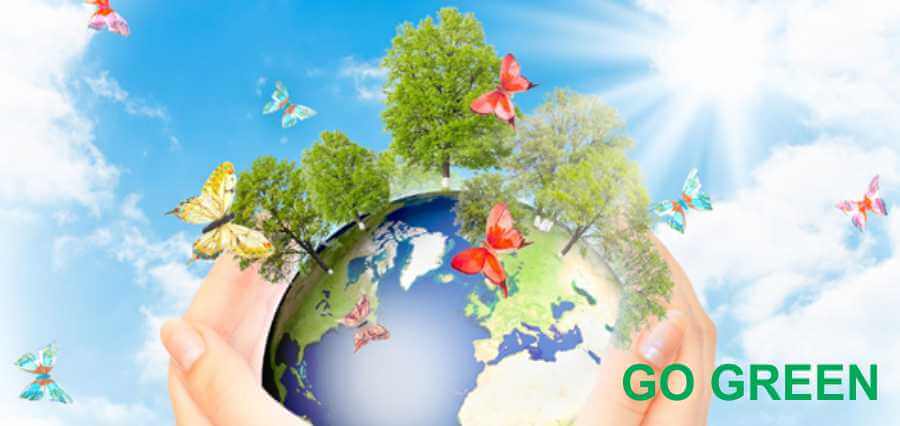The relation between technology and the environment of our planet is very old. The time has come to turn everything in the surrounding eco-friendly. IoT (Internet of Things) products can be tailored to combat with the climate change and its consequences. Whether it is a disaster like flood or an issue like deforestation, this technology is capable to protect us and our environment in several ways. Have you ever wondered how technology could save our natural resources? Yes, IoT has the potential to resolve such problems as it involves animals and plants in our connected world.
IoT business owners are getting encouragement from the governments and corporates to build smart and intelligent devices that help us Go Green. In order to keep our environment safe, the IoT makers must come up with the good ideas that satisfy the current demands of the ecosystem. Innovative products would be incorporated for domestic as well as industrial use.
Energy Saving
IoT (Internet of Things) products are aimed to save energy using automated systems. For instance, smart lighting can sense sunlight and is able to maintain constant lighting level. The smart home appliances implement energy management. Smart buildings use solar energy and other renewable energy sources to minimize environmental impact.
Animal Tracking
With IoT, it is becoming easier to track rare species. Animal tracking helps scientists and conservationists to know their location and their tendency towards migration. The micro-sensors paired with IoT enable multiple devices to connect together for the purpose to collect, transmit, and store data. Animal tracking is also important to maintain the way our ecosystem works.
Reduce Pollution
It is very interesting to see how IoT fight with the pollution. The real-time data is used for forecasting pollution parameters and measuring the elements of air and water quality. The technology focuses on keeping pollution to a minimum. Air pollution can be detected and evaluated across all the industries to ensure that they stick to the air quality policies.
Water Management
IoT devices can transform the way we manage the most precious resource—water. With the advanced water sensors, these products make decisions and produce data analytics about the amount of water we use. It allows us to save money and to minimize water usage for its conservation.
Smart Farming
Smart farming is shaping the future of agriculture, which impacts on the environment positively. These small devices automate the process of farming using harvesting and irrigation. The technology can be used to choose fertilizers in accordance with the conditions of the soil. Drones can play the crucial role in monitoring the whole cultivation.
Prevent Deforestation
Deforestation is one of the major causes of climate change. According to a study, there is a need to implant a billion trees a year to recover, which can only be possible if an automated system is used. IoT and drones are assembled and deployed to perform this task efficiently. It reduces manpower requirements and cost and uses agriculture techniques for planting and maintenance.
Waste Management
When the IoT technology was introduced, it was predicted that it would increase e-waste. But this problem was mere a part of the solution. IoT provides a great way to manage waste and recycle. The sensors installed in chips would be able to notify consumers when it is ready to repair or recycle. They also inform the users which component can be reused so that they do not go trash early. For the management of other wastage, IoT products can be designed to automate disposal system timely.
Natural Disaster Detection
Notably, natural disaster is a dreadful outcome of climate change. IoT products can be used to detect natural disaster at the early stage and to minimize the damages. Earthquake and flood sensors send out the signals to the cloud-based servers connected with the internet. In the case of detection, residents of that area get warning signals. Internet of underwater things is used for monitoring activities of oceans and rivers.
There are hundreds of ideas to think upon and hundreds of solutions to work on. For example, traffic control reduces carbon production by saving gasoline and food security assists in balancing the ecosystem. Undoubtedly, climate change is the biggest challenge of our time and it is our concern to give healthier environment to the next generation. Other technologies such as artificial intelligence can be associated with the IoT to get better insights and success in combatting with this problem.
The connectivity among things (instead of devices only) can make our everyday life more sustainable. But, the efforts made till yet to decelerate climate change are insufficient. The future demands a planet where all the living things get safety against it. There is no exaggeration in saying that IoT enabled systems can make climate change turn back. IoT products make us more organized, more sustaining, safer, and greener.


